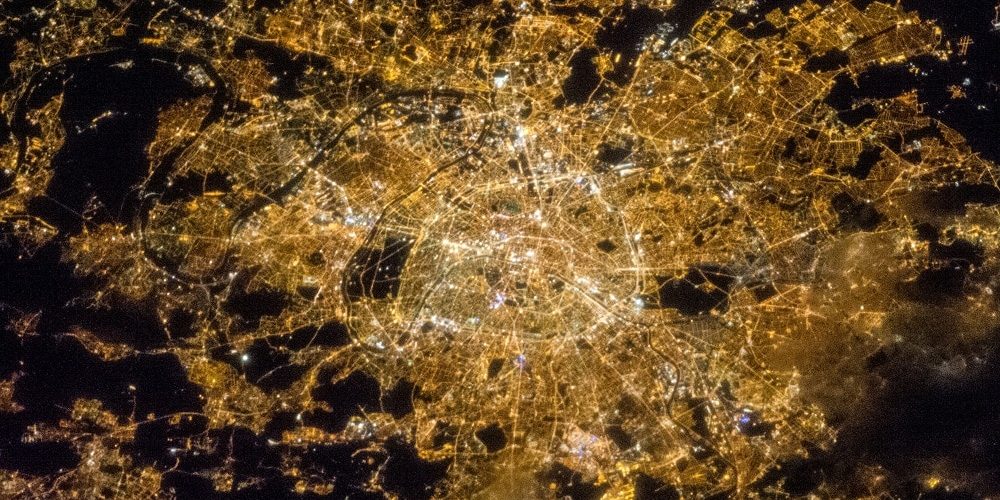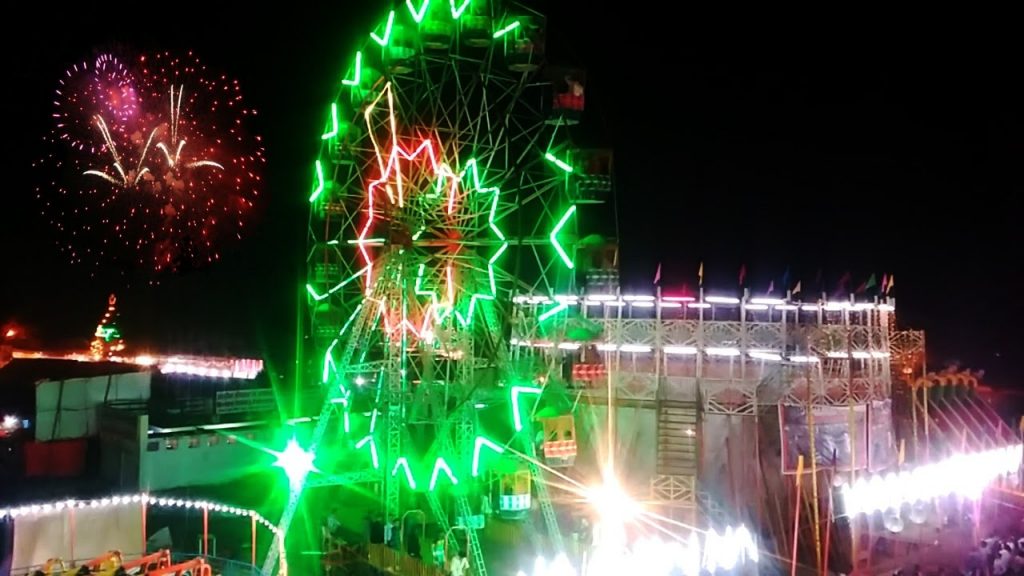As a human, it is our right to reduce the carbon footprints we are responsible for. So what measures you are taking to reduce the effects of light or visual pollution in your home or office?
Everyone is taking diligent steps to reduce pollution from their surroundings. Be it at home, offices, school or anywhere else. You are recycling glasses, metal, paper, plastic besides other things. You are also using energy conserving light bulbs in your home.
But did you know visual pollution which is commonly called as light pollution can create disturbances around you? It is, in fact, one of the most overlooked and unregulated forms of pollution in the country.
Let us understand the definition of light pollution, and its causes and effects.
What is visual pollution?
Light pollution, also called as photo pollution, or luminous pollution is an excessive, misdirected use of artificial lightings. It could be indoors and outdoors. Mismanaged lighting can alter the color and contrast the nighttime sky, and eclipse the natural starlight. It can also disrupt circadian rhythms which affect the environment, various sources of energy, wildlife and humans too.
What are the effects of visual pollution?
Light pollution exceeding its limit has the potential to harm not only human health but can also affect our environment. Did you know photo pollution increases air pollution by suppressing a naturally occurring radical that cleans the air at night?
Artificial lights from buildings, cars, and streetlights, although 10,000 times dimmer than sunlight, also affect nitrate radical and slow down the cleansing process by 7%. Artificial light also increases the chemicals for ozone pollution by 5%.
Light pollution (visual pollution) also affects wildlife. Especially when they are feeding, sleeping, mating and also during migration cycles of all wildlife. It can create a disorienting experience for the wildlife if there is too much artificial light, especially during night time.
Ways to reduce light pollution:
- Use compact fluorescent lamps (CFL) and LED bulbs.
- Choose outdoor light fixtures that are shielded.
- Install monitors that measure light pollution.
- Use certified lights at your indoor living spaces to save energy.
- Turn off lights whenever not in use.
- Be aggressively involved in reducing carbon footprints.
How are you measuring the pollution in your surroundings? Visit www.pranaair.com for more products related information.








